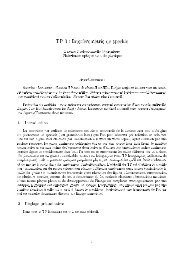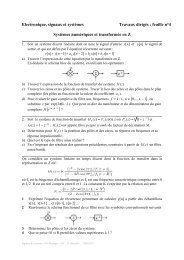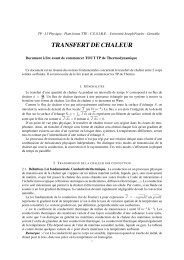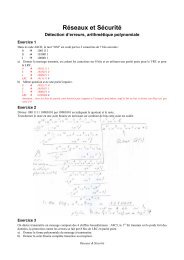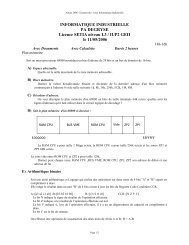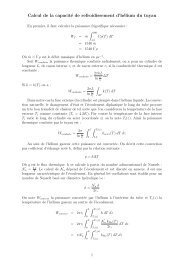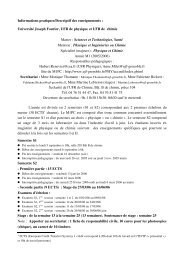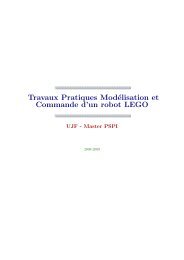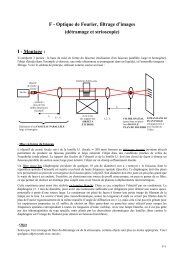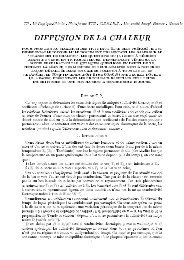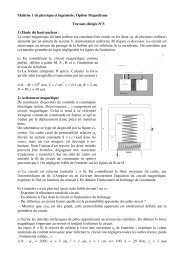Chapter 4 SINGLE PARTICLE MOTIONS 4.1 Introduction
Chapter 4 SINGLE PARTICLE MOTIONS 4.1 Introduction
Chapter 4 SINGLE PARTICLE MOTIONS 4.1 Introduction
Create successful ePaper yourself
Turn your PDF publications into a flip-book with our unique Google optimized e-Paper software.
4.3 Time Varying Fields 95analogously by translating to the frame moving with velocityto give (show this)v P = − m q= ± 1 ω cĖB˙v E ×BB 2(4.24)ddt [m(v c − v P )] = q(v c − v P )×B − qË . (4.25)The explicit E dependent term is now O(ω/ω c ) 2 and can be neglected. Theresidual equation for v c − v P describes the Larmor motion.Averaging the total motion over a gyro-period gives the overall guiding centredrift as 〈v〉 = v E +v P . The new polarization drift v P given by Eq. (4.24) (correctto first order in ω/ω c ) is charge dependent and points in the direction of E. Thepolarization current flow that results is given byj P = ne(v P i − v P e )= neeB (m 2 i + m e ) dEdt= ρ dEB 2 dt(4.26)where ρ = n(m i + m e ) is the plasma mass density. The polarization currentvanishes as ω/ω c → 0.ω 2 cAnalogy with solid dielectric polarizationFor a solid dielectric immersed in an electric field we construct the electric displacementvectorD = ε 0 E + P ≡ ε r ε 0 E (4.27)where P is the polarization vector due to the alignment of electric diploes andε r is the electric susceptibility. When the electric field varies with time, it drivesthe polarization current∂Ej P = ε r ε 0∂t . (4.28)Comparing with Eq. (4.26) we obtain an expression for the low-frequency plasmaelectric susceptibilityε r =≡ρε 0 B = µ 0 ρ2 ε 0 µ 0 B 2c2v 2 A(4.29)




